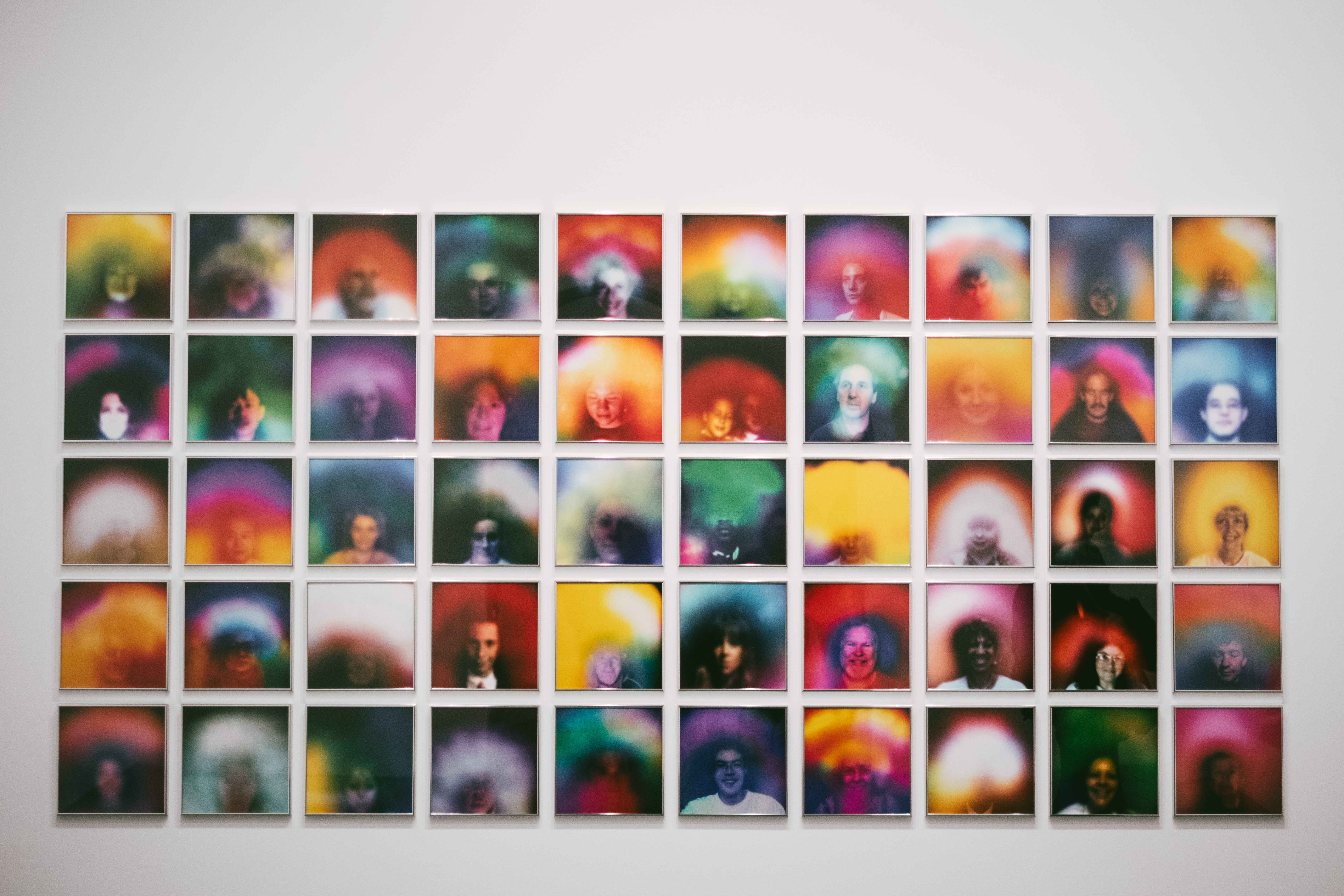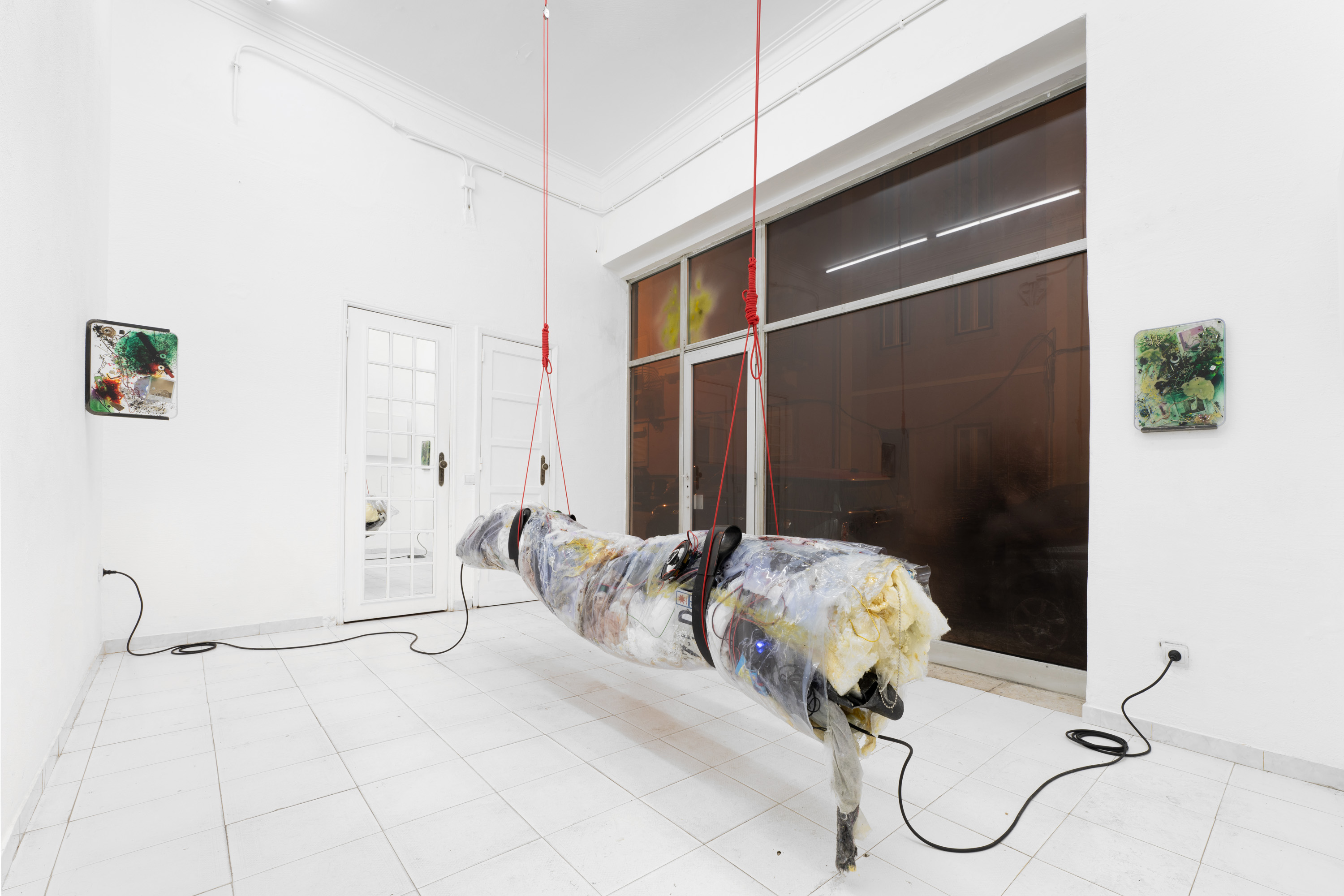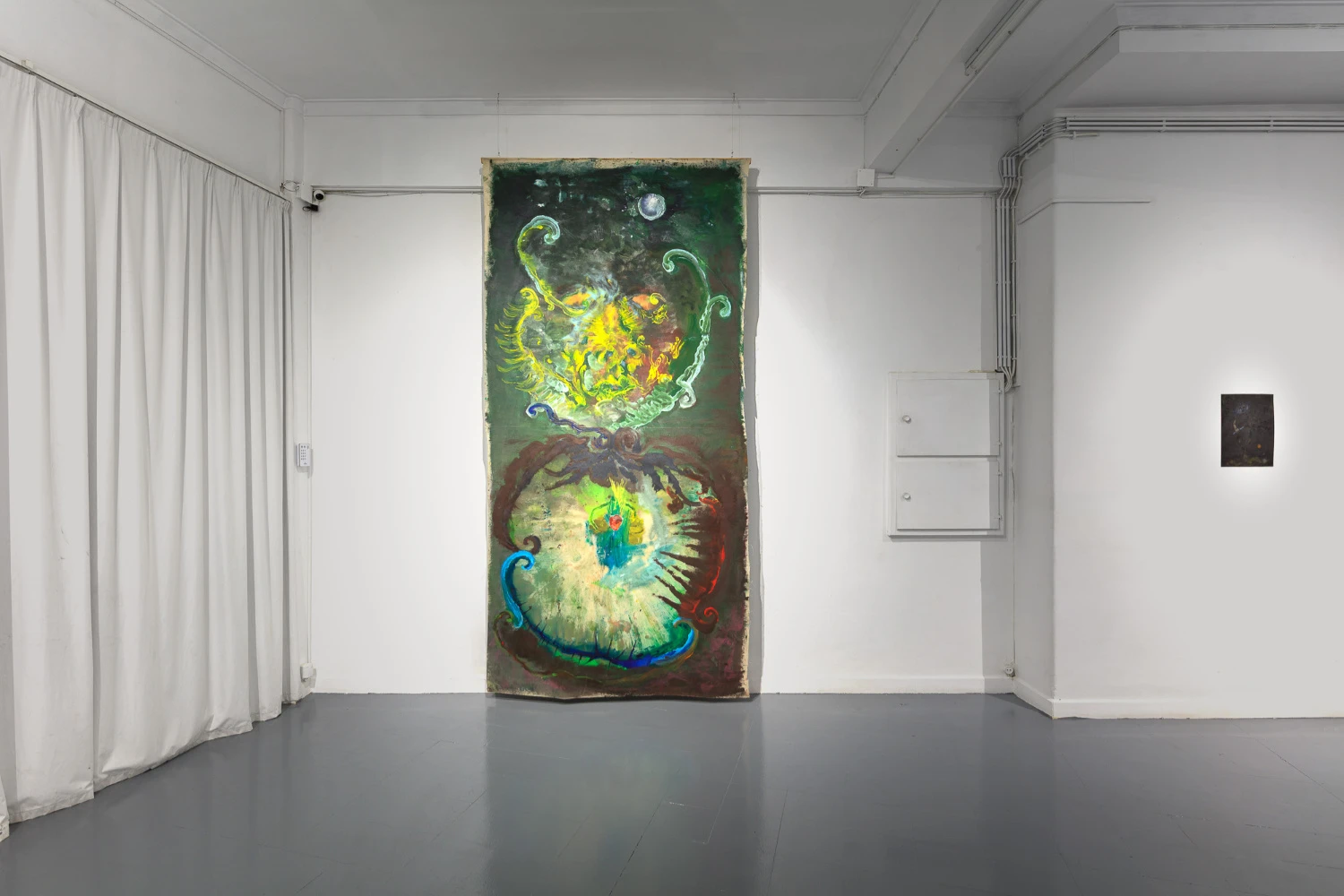article
Held in tension: Anatomy of the machine-body
The role of museums is shifting. Cabinets of curiosity and Wunderkammern turned colonial theatre, they have long been sites where power dressed itself in the guise of classification. Museums of natural history — once focused on the orderly display of taxonomies and the classification of life — are now being rethought. No longer only spaces of preservation, they are becoming places of experimentation, reflection, and, soft disruption. The impulse to name and contain is being replaced by curiosity.
Somewhere between anatomical precision and the poetry of decay, Maria Máximo’s Equação Pessoal at the Museu Nacional de História Natural inserts a deeply personal work that redefines the limits of the body as a disruptive provocation.
Maria Máximos practice begins from within – a body she calls her matrix. A body with organs, sensations and constraints. A body that acts and at the same time is being perceived, acted upon. In Equação Pessoal, Maria encounters another body: a machine. Or rather turns herself into the idea of one.
But what is a machine in the Maria Maximo Universe? Instead of being a device of productivity, it offers an extension. Not the digital or electrical kind, but mechanical, analog, human. Her body-machine participates in a delicate choreography of interdependence.
At the heart of the exhibition, the center piece, is the video Flatfish Shit (2024), filmed in a drained cistern at the Fine Arts Faculty. The setting is bare, the action intimate. Suspended by a crane, the artist urinates onto a molded flatfish made of baking soda, dissolving it slowly through a prosthetic device – a female urinal. The gesture is minimal, but loaded. Máximo describes it as a “subtraction of matter”, a process of removal that exposes something more elemental: “plastic paths,” “architectural appearance,” and most importantly, the drawing — which she calls “the noblest form of catharsis.” It seems like a cleansing, not of the body, but of its limits. The matter dissolves, the body vanishes. The performance ends with her disappearance from the frame.
The installation continues this logic. The video projected onto a screen is suspended by a mechanical system of pulleys and counterweights. Anchoring the structure is a freezer-like box that contains the tangible remnants of the performance —the urinal, neatly and preserved. Not just props, but part of the system that makes the installation work. The whole structure is build as literal equation. A setup built on careful calibration.
Call it the Maria Máximo universe: gravity, guts and just enough balance to keep it all from collapsing. Framed within a museum that proves it’s ready to hold not just the past, but the urgent present too.
BIOGRAPHY
Dela Christin Miessen is a researcher, writer and editor. She is part of Aberta Studio in Lisbon and the co-founder of Echoes Residency for socially engaged art practices.
ADVERTISING
Previous
article

11 Jun 2025
Identity as collaboration: marginal echoes in the work of Susan Hiller
By Maria Inês Augusto
Next
article

17 Jun 2025
Bands of Mercy, de Elisa Pône
By Carla Carbone
Related Posts

